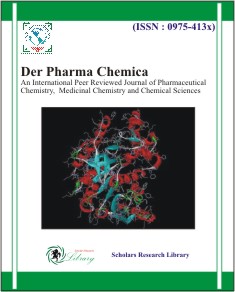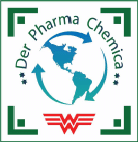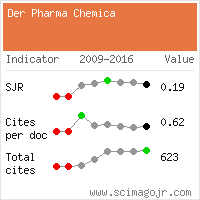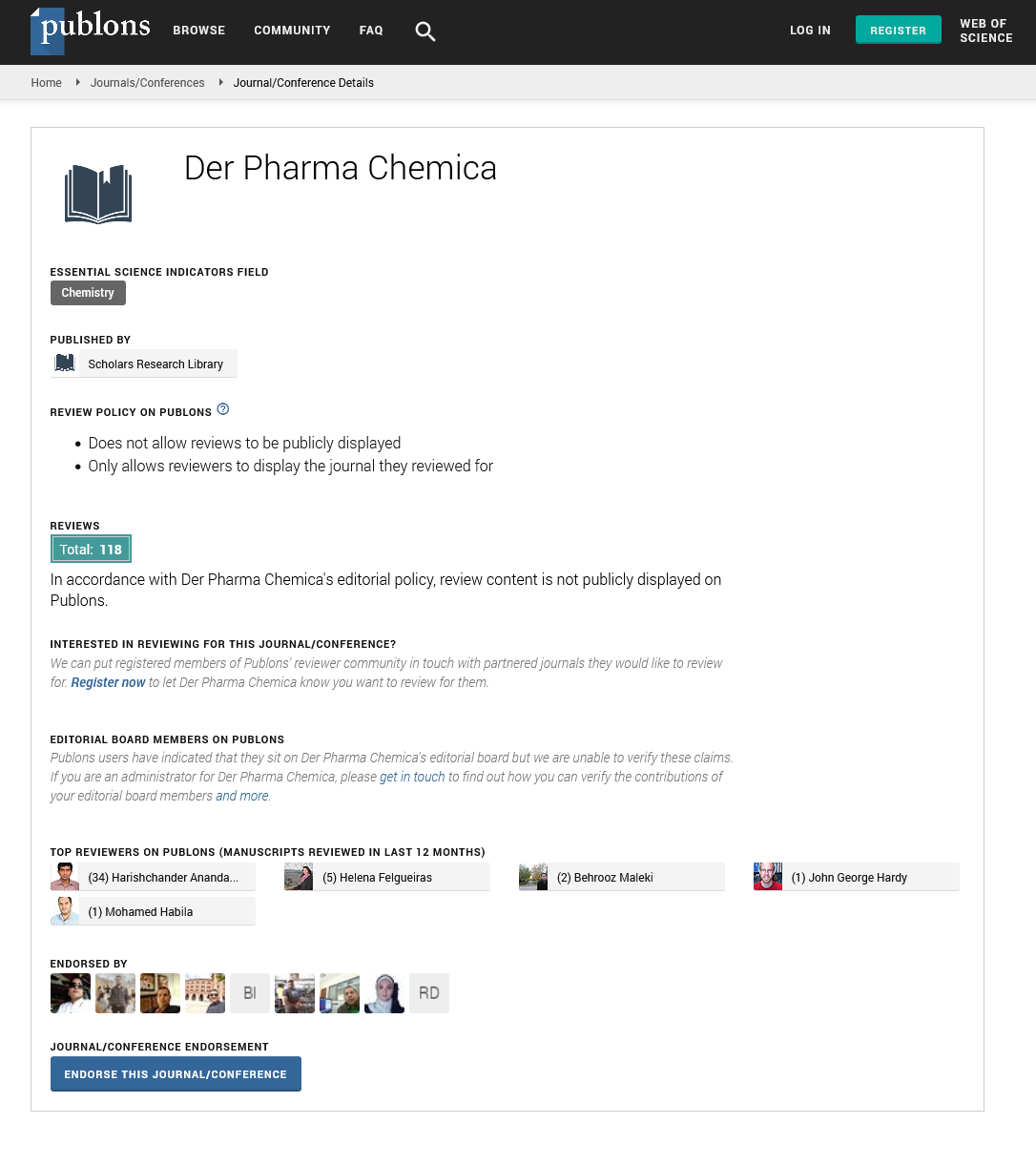Abstract
Design, Synthesis, Insilico Study and Anticonvulsant Activity of 4\'-methoxy-5,7-dihydroxy Flavone Scaffold Hybrids
Author(s): Kalyani Thombre, Abhishek Kuthe, Krishna Gupta* and Milind UmekarBackground: Epilepsy/Convulsion is a prevalent psychological condition. Treating convulsions remains a complex task because some people do not respond to a range of available drugs and have adverse effects.
Aim and Objective: Acacetin or the 4'-methoxy-5,7-dihydroxy flavone ring, is a significant and often used precursor in synthesizing bioactive compounds. In this research, a distinct series of 7- [(substituted nitrogen-containing heterocyclic compound) alkoxy] flavone was designed, synthesized and screened for antiepileptic activity in mice.
Methods: Acacetin (4) and 1,4-dibromo butane were incorporated with the base using potassium carbonate and solvent using DMF in anhydrous form to create 4'-methoxy-5-hydroxy flavones (6a-6g), which were then further processed with different substituted N’-heterocycles. Elemental and spectral analysis (UV, IR, NMR, Mass) verified the structure assigned to the synthesized acacetin derivative. The binding affinities were assessed using Insilco molecular docking against the GABA A receptor (PDB id: 4COF). Some physical-chemical variables have been determined to predict the toxicity profile and ADME parameters. The antiepileptic properties were examined using a Pentylenetetrazol Induced Seizure. To evaluate the in vivo effects of these compounds on convulsions, adult Swiss albino mice (wt.: 30 g-40 g) were treated with compound 6a-6g, a healthy control and disease control.
Result: All compounds exhibit favorable toxicological profiles, docking results (Highest Docking Score: -Kcal/mol) and pharmacokinetic parameters. Furthermore, compared to acacetin (4), most derivatives exhibit noticeably higher anticonvulsive (6c, 6d, 6f, 6g) activity at a dose of 10 mg/kg. Conclusion: According to our investigation, commercially produced 4'-methoxy,5,7-dihydroxy flavone derivatives may be used as a potential drug to treat convulsion.
Select your language of interest to view the total content in your interested language
Google Scholar citation report
Citations : 15261
Der Pharma Chemica received 15261 citations as per Google Scholar report
Der Pharma Chemica peer review process verified at publons



